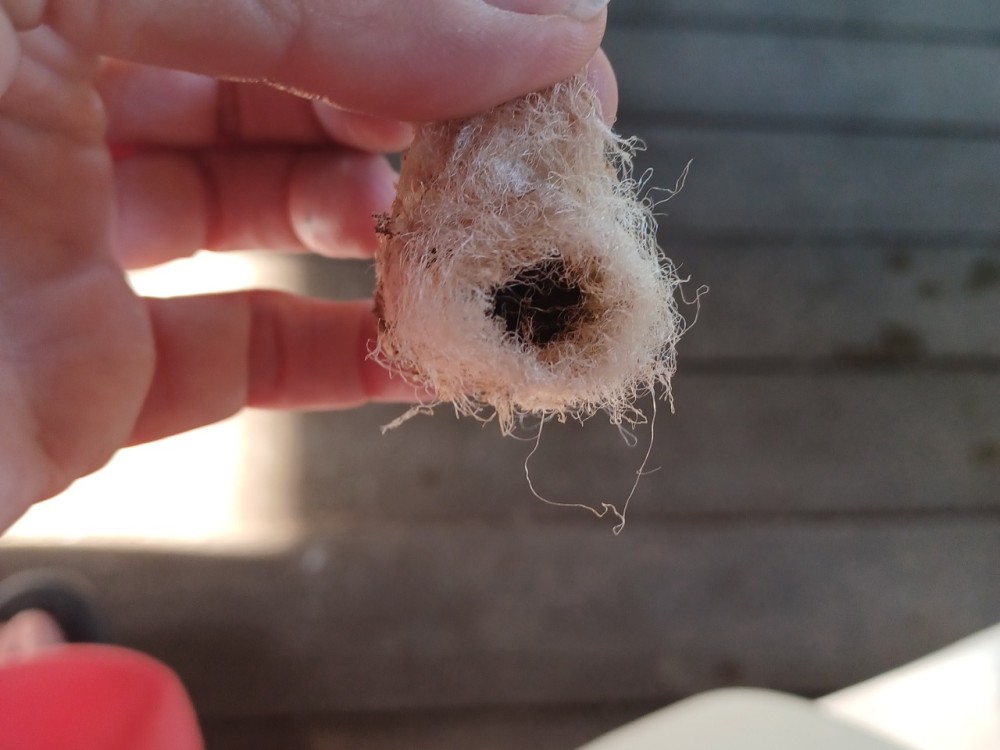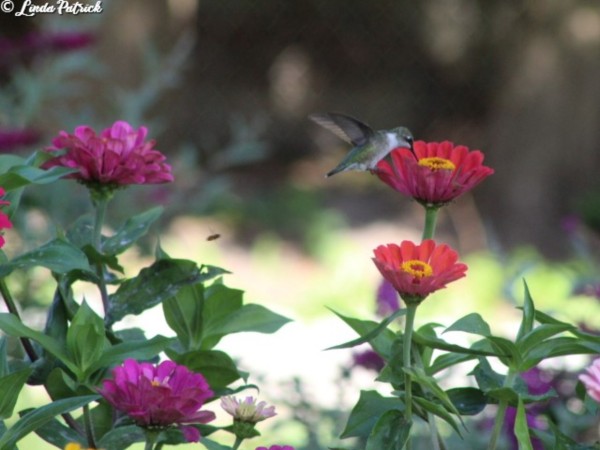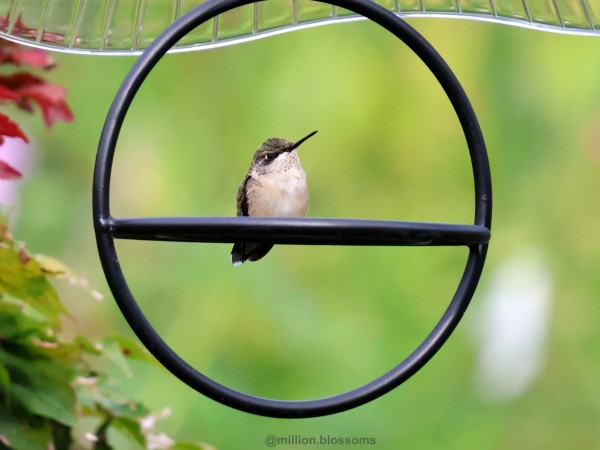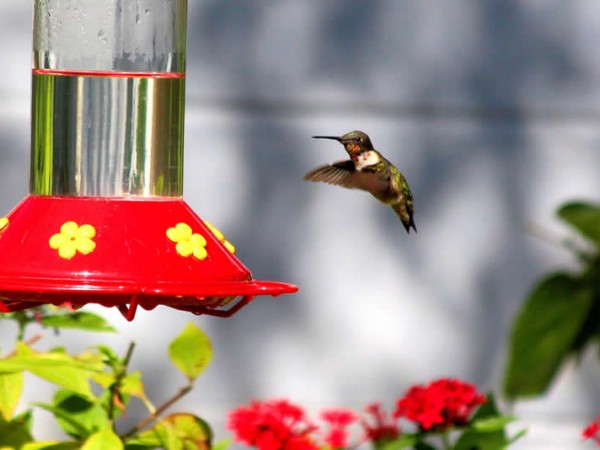Southward Bound
Fall officially begins in the Northern Hemisphere on September 23, the autumnal equinox, as the sun crosses the celestial equator going south. In the Southern Hemisphere, the vernal equinox occurs around the same time; hummingbirds are making their way south to catch the official start of spring. Please keep reporting your observations of hummingbirds to Journey North as we track their progress south.
On the Move
Many adult males have already headed south and more females and juveniles are following suit. As migration progresses, reports of adult males tend to drop-off, even in more southerly locations in the U.S.
Are you still observing adult male hummingbirds? If so, we encourage you to report your observations under the category Fall: Hummingbird Sighting (Adult Male). These reports allow researchers to better determine “last seen” dates.
Don and Kate in Bowie, MD: "We thought that we had seen our last adult male when our resident left on 9/1. To our delight, a skinny adult male showed up on 9/6. He stayed a week, fattening all the while, and left on 9/13 to continue his journey south." (09/13/2023)
Fall Nectar Sources Still Important
Hummingbird activity levels tend to peak in the evenings and mornings, and remain relatively quiet during the day. Ornithologist and longtime Journey North contributor Laura Erickson explains:
“Hummingbirds are migrating by day. They land while it’s still afternoon if they see a good place to fuel up for a few hours. Then they find a safe place to sleep. They must also do a lot of feeding again in the morning before they take off. It’s different for the local hummingbirds not yet on the move: Mid-day is when they can get the most insects and when most flowers are open so they can get natural foods. But locals also do the quick-energy feeding frenzy in the evenings and mornings.”
Our observers are noting the same behaviors.
Beverly in Houston, TX: "This little guy. . . He nectars from barely blooming purple gurantica under tree. . . . All other 14 rubythroats are still a mix of different ages that of females and young male rubythroats. With still new ones streaming in. We keep refilling 8 feeders daily." (09/16/2023)
Linda in Chatham, ON: "2 Hummers here all day starting at dawn and still here at 6:50 p.m. Very busy filling up on flowers and at the feeder. Waystation #13039" (09/19/2023)
Linda in Oxford, OH: "At least a hundred hummingbirds fighting all day for the feeders--hummingbird wars continually for the past week! Many, many more hummingbirds than we've ever seen here. Probably many more than 100. . . ." (09/19/2023)
Mostly Females and Juveniles in the North
Signs of fall are all around: day length is shortening, flowers are fading, and night temperatures are dropping. While many hummingbirds have already left in the northern parts of their breeding range, some females and juveniles still remain.
Million Blossoms Garden in Carmel Hamlet, NY: "This Juvenile has grown a lot since last week and now participates in 10 minute aerial combats. It is nectaring more than other juveniles. . ." (09/18/2023)
Pat in South Salem, NY: "We continue to have two females who frequent the feeder, but one is aggressive to try to keep the other away. Both are nectaring at our fuscia plant and also our oregano that has flowered out. Judging by the records I've kept here on Journey North for more than 10 years, I expect these two to move south sometime at the end of next week." (09/19/2023)
Watch the Weather and Keep Reporting
Weather affects the flight of hummingbirds as they make their way south. Journey North observers monitor hummingbirds in all kinds of weather.
James in Sullivan, ME: "1 female at feeder still hanging around this AM. Tropical storm on way tonight. Good luck to her." (09/15/2023)
Ellen in Charleston, SC: "Although it rained all day, our hummingbirds flittered around as usual. . . this lady visited me at our patio slider. She came over 3 times within 5 minutes." (09/17/2023)
Migration is already a perilous time of life for these small birds, and hurricanes and other inclement weather add more challenges. Hummingbirds have been found to “wait out” storms. However, after extreme storm events, hummingbirds may have problems finding enough food sources. Others may have been driven far off-course. Check out Windy.com to explore how weather may affect hummingbird migration in your area.












